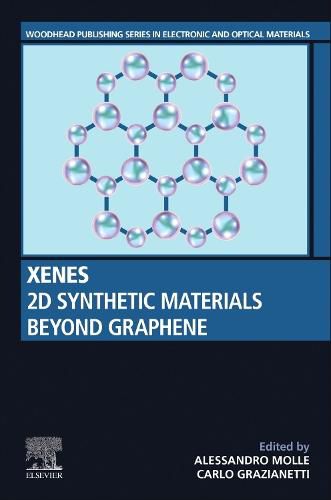Readings Newsletter
Become a Readings Member to make your shopping experience even easier.
Sign in or sign up for free!
You’re not far away from qualifying for FREE standard shipping within Australia
You’ve qualified for FREE standard shipping within Australia
The cart is loading…






Xenes: 2D Synthetic Materials Beyond Graphene includes all the relevant information about Xenes thus far reported, focusing on emerging materials and new trends. The book’s primary goal is to include full descriptions of each Xene type by leading experts in the area. Each chapter will provide key principles, theories, methods, experiments and potential applications. The book also reviews the key challenges for synthetic 2D materials such as characterization, modeling, synthesis, and integration strategies. This comprehensive book is suitable for materials scientists and engineers, physicists and chemists working in academia and R&D in industry.
The discovery of silicene dates back to 2012. Since then, other Xenes were subsequently created with synthetic methods. The portfolio of Xenes includes different chemical elements of the periodic table and hence the related honeycomb-like lattices show a wealth of electronic and optical properties that can be successfully exploited for applications.
$9.00 standard shipping within Australia
FREE standard shipping within Australia for orders over $100.00
Express & International shipping calculated at checkout
Xenes: 2D Synthetic Materials Beyond Graphene includes all the relevant information about Xenes thus far reported, focusing on emerging materials and new trends. The book’s primary goal is to include full descriptions of each Xene type by leading experts in the area. Each chapter will provide key principles, theories, methods, experiments and potential applications. The book also reviews the key challenges for synthetic 2D materials such as characterization, modeling, synthesis, and integration strategies. This comprehensive book is suitable for materials scientists and engineers, physicists and chemists working in academia and R&D in industry.
The discovery of silicene dates back to 2012. Since then, other Xenes were subsequently created with synthetic methods. The portfolio of Xenes includes different chemical elements of the periodic table and hence the related honeycomb-like lattices show a wealth of electronic and optical properties that can be successfully exploited for applications.